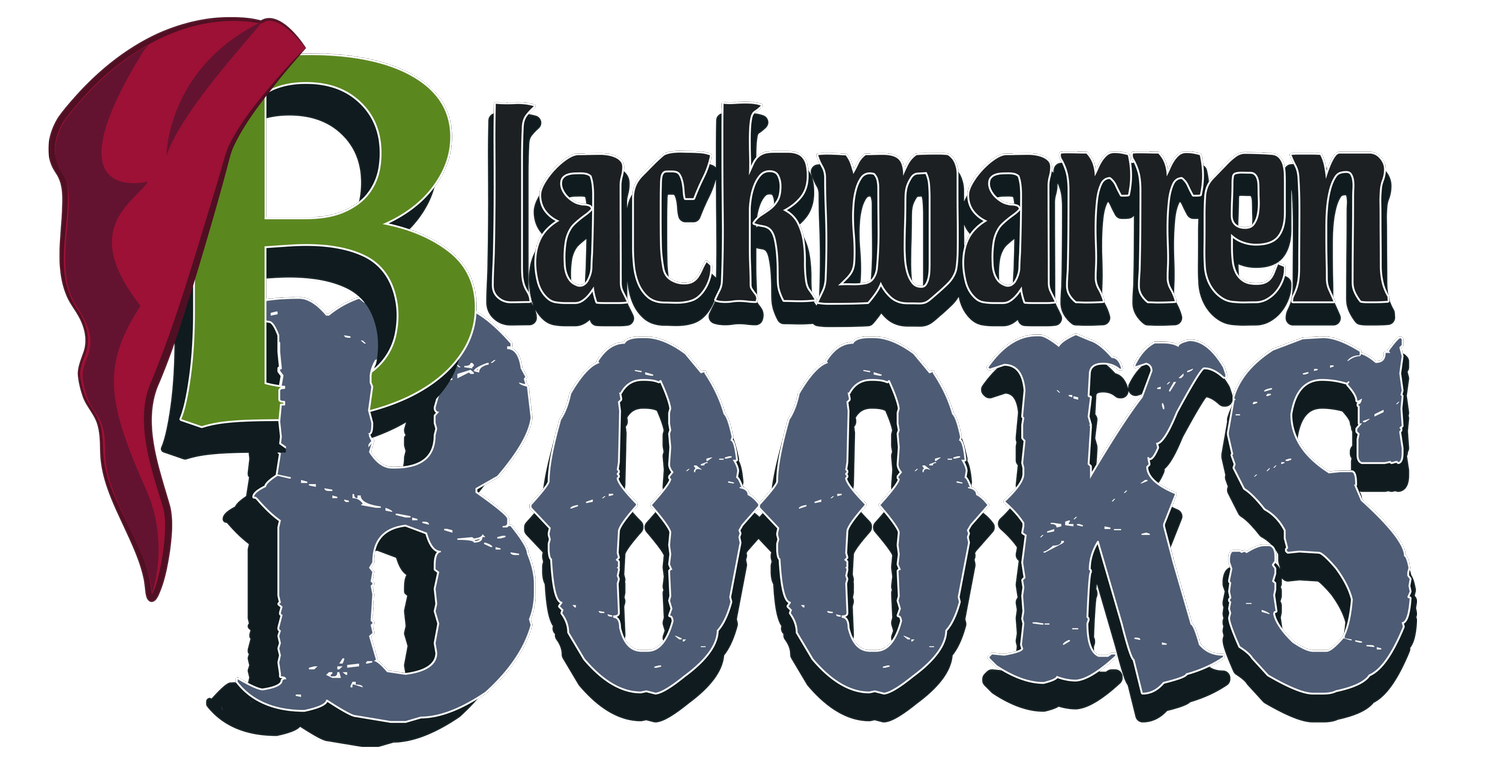Mythpunk: The Genre You Don’t Know But Already Love
Yesterday we talked about biopunk, a lesser-known science-fiction genre that’s both related to cyberpunk and also vastly different from it. Today, to finish off our week of SF coverage, it’s time to introduce mythpunk, another subgenre that’s more popular than you think - even if you might not have ever heard of it.
Mythpunk: you’ve either never heard of it or you’re a major fan. It’s a relatively new genre of science fiction that blends traditional mythology with modern science and technology. As a genre, it’s often characterized by its dark and gritty tone, its focus on marginalized characters, and its exploration of social and political themes. This puts it squarely in the same milieu as similar genres like urban fantasy, but while mythpunk has much in common with urban fantasy, there are some important differences that set it apart.
The Same, But Different
Mythpunk stories often take place in a world that is similar to our own, but with a twist. For example, a mythpunk story might take place in a modern city that is also home to dragons, or it might tell the story of a group of modern-day heroes who must battle a mythological creature. Mythpunk stories often feature marginalized characters, such as women, people of color, and LGBTQ+ people. These characters are often given agency and power in mythpunk stories, and they often play a central role in the story's plot. Additionally, they also often explore social and political themes. For example, a mythpunk story might explore the themes of racism, sexism, or classism. These stories can be used to raise awareness of these issues and to challenge readers to think about them in new ways.
“Okay, Dave,” you’re probably saying, “how is this anything besides urban fantasy with extra steps?” Well, to that I have two answers. One: what are you doing in my house? and Two: it’s not so much the setting, characters, and themes that are different in mythpunk; instead, it’s how they’re presented. Mythpunk stories as often much more stylized and evocative than “traditional” urban fantasy. The genre typically makes use of surrealism, poetic prose, and non-linear storytelling techniques to make it unique and stand well apart from urban fantasy.
This isn’t to say that an urban fantasy story can’t have these aspects as well, but mythpunk tends to be slightly more esoteric than your standard urban fantasy fare. And you know what? That’s okay. It’s a big world, and there’s plenty of space in it for new fiction subgenres to enjoy. More for one genre doesn’t mean less for others; it’s not pie, after all.
Drinking From a Deep Well
Mythpunk is indeed a relatively new genre, but it has already produced some popular and critically acclaimed works. In fact, there might be several mythpunk stories out there that you already like without even realizing they’re technically part of this subgenre. A good example is in the works of Neil Gaiman, most specifically The Ocean at the End of The Lane. Another excellent example - and one we’ve discussed before because of its fantastic Queer representation - is The Owl House, created by Dana Torrance.
Meanwhile, in the realm of gaming, a mythpunk aesthetic is perhaps most well represented by American McGee’s Alice in Wonderland games, with the content of those titles reinforcing the core theme of mythpunk in that it retells and often subverts the tropes you typically find in fairy tales. The Fables comic book series does much of the same, showcasing this aesthetic quite well and making it truly emblematic of the genre.
Marginalized Readers and Mythpunk
Mythpunk stories can be valuable for marginalized readers in the Queer, PoC, disabled, and other intersectional communities. These stories can provide representation and a sense of community for readers who often feel marginalized in mainstream science fiction. Mythpunk stories can also be used to explore the experiences of marginalized people in new and innovative ways as well as provide a sense of empowerment and agency for marginalized readers. In a world where these readers are often underrepresented and misrepresented, mythpunk stories can show them that they are capable of great things.
That’s not all mythpunk stories can do. They’re also excellent for challenging readers to think about the world in new ways. By exploring themes of race, gender, sexuality, and disability, mythpunk stories can help readers to see the world from a different perspective. For all these reasons - and many more - we’ve decided to include it in our upcoming SF anthology, “Punk’s Not Dead”.
And that’s it for this week of extended coverage on punk SF genres! It’s not too late to submit your own punk subgenre SF story for consideration. Visit Blackwarren’s Submissions page today!

